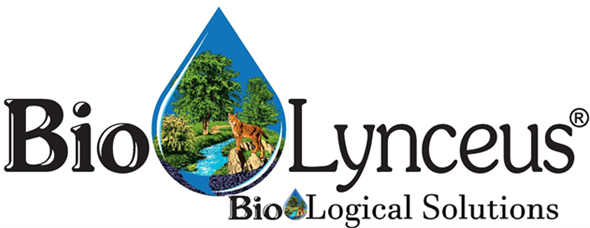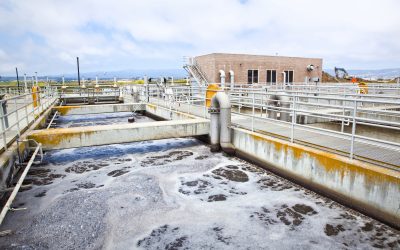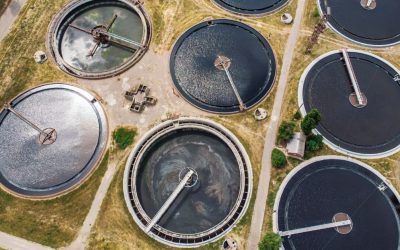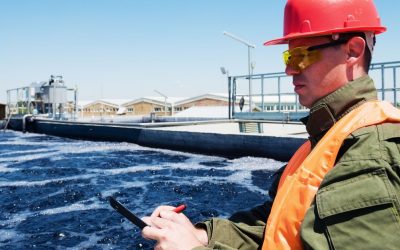Biological Nutrient Removal (BNR)
Augmenting wastewater processes with nitrifying bacteria can increase nitrification efficiency. Implementing organic matter degrading microbiology in a system can increase the time available for bacteria to oxidize ammonia.
Augmenting a treatment system with concentrated populations of nitrifying and cBOD metabolizing biota can help improve nitrification. BioLynceus® provides live cultures of bioaugmentation designed to increase the abundance of the nitrifying organisms.
Denitrification with Candy Carbon®
biological denitrification technology “The biological denitrification technology is based on the conventional theory that carbon is the limiting factor in the efficiency of biological denitrification. Heterotrophs utilize carbon from organic compounds like sugars,...
Candy Carbon® Denitrification in an Activated Sludge System
Activated Sludge Plant 0.2 MGD For many municipal wastewater treatment facilities, removing inorganic nitrogen to permitted discharge levels is a challenging requirement. Without the role of biological nutrient removal (BNR) in treatment systems, effluent wastewater...
Denitrification with Candy Carbon® at an Industrial Wastewater Treatment Plant
Industrial Wastewater Treatment Plant 0.7 MGD Denitrification efficiency in wastewater treatment is dependent on several environmental conditions. The wastewater plant must maintain a consistent anoxic zone, abundance of denitrifying microorganisms, and organic carbon...
Nitrification Bioaugmentation in an Activated Sludge Process
Mechanical WWTP .2 MGD Augmenting wastewater processes with cultures of nitrifying bacteria can increase abundance and nitrification efficiency correspondingly. Additionally, implementing organic matter degrading microbiology in a system can increase the time...
Nitrification Treatment in an Aerated Lagoon System
Lagoon WWTP 0.2MGD Municipal Lagoon systems are often challenged with facilitating nitrification. Nitrifying bacteria are responsible for removing ammonia from wastewater. These organisms are generally in low abundance in lagoon processes for a few reasons; [1]...
Nitrification with ProBiotic Scrubber® N in an Activated Sludge Plant
Mechanical WWTP .22 MGD An effective activated sludge system has the capacity to remove ammonia from influent wastewater via nitrification. Several factors impacting efficient ammonia and nitrite oxidation in wastewater treatment include, temperature, and abundance of...





